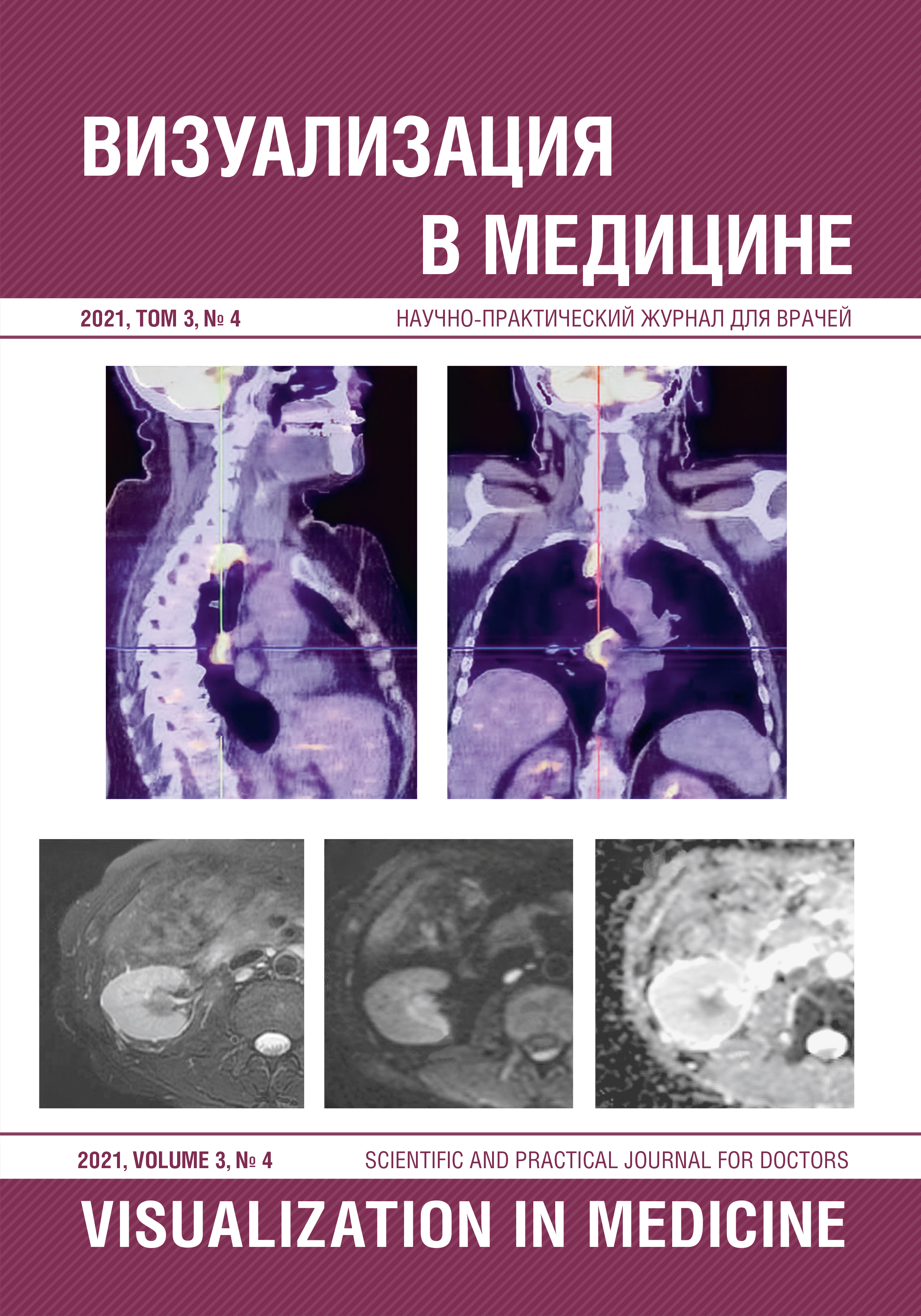Sonographic changes in bacterial ventriculitis in newborns
Abstract
Ventriculitis refers to infectious and inflammatory diseases that affect the walls of the ventricles of the brain. In newborns, ventriculitis occurs in utero. This pathology is a complication of an infectious and inflammatory disease of the brain, causes a severe course, a high frequency of complications and deaths. The article presents an analysis of the sonographic criteria of bacterial ventriculitis in newborns. From the above data, it is possible to determine obligate sonographic signs of ventriculitis in newborn children. The identified signs include: amplification of the echo signal from the wall of the lateral ventricles, thickening of the ventricular wall, its unevenness; formation of intraventricular septa; ventricular dilatation, deformation of the lateral ventricles; thickening, unevenness of the contours of the vascular plexus, heterogeneous hyperechogenicity. Knowledge of obligate sonographic signs of ventriculitis in newborn children will allow timely diagnosis and treatment of the disease, which will help reduce the number of complications.



